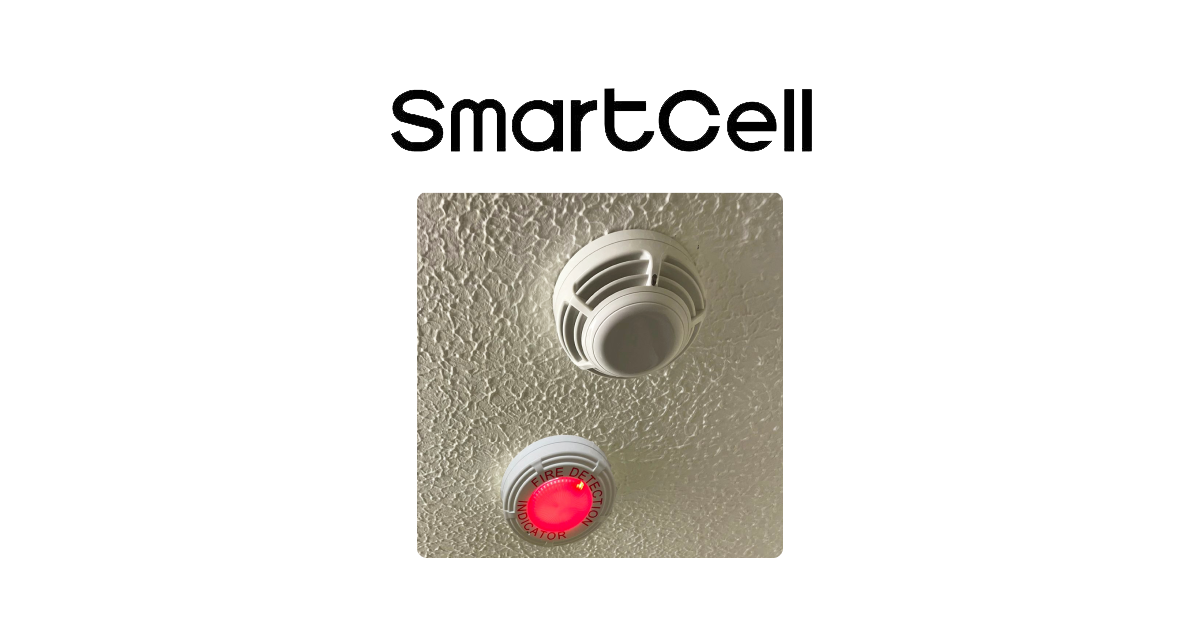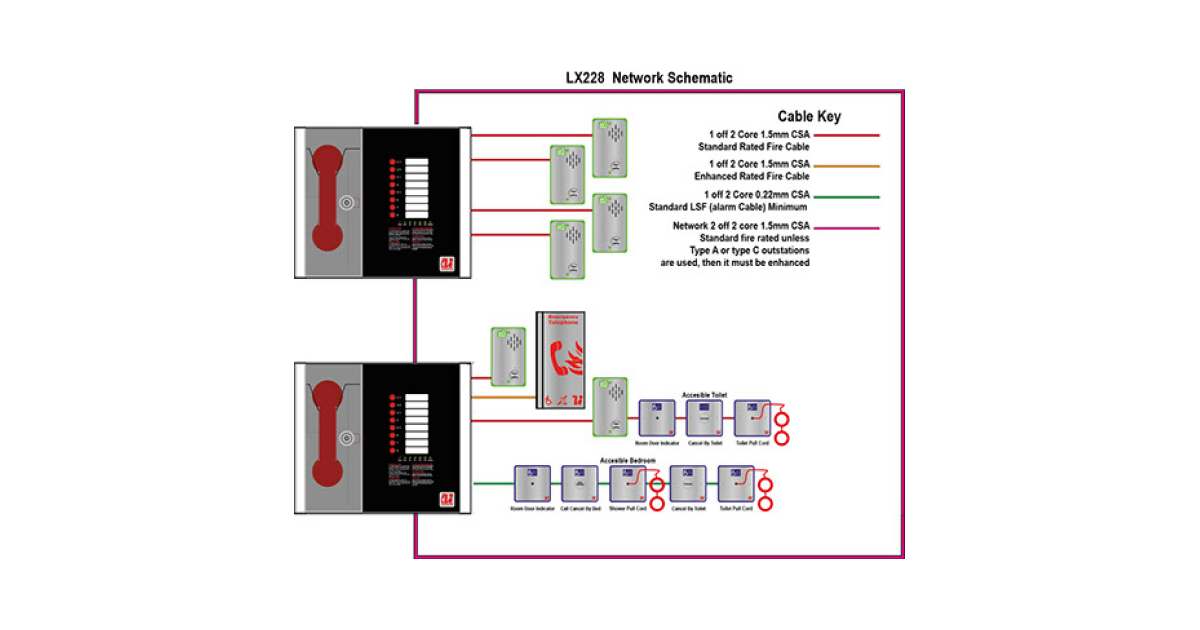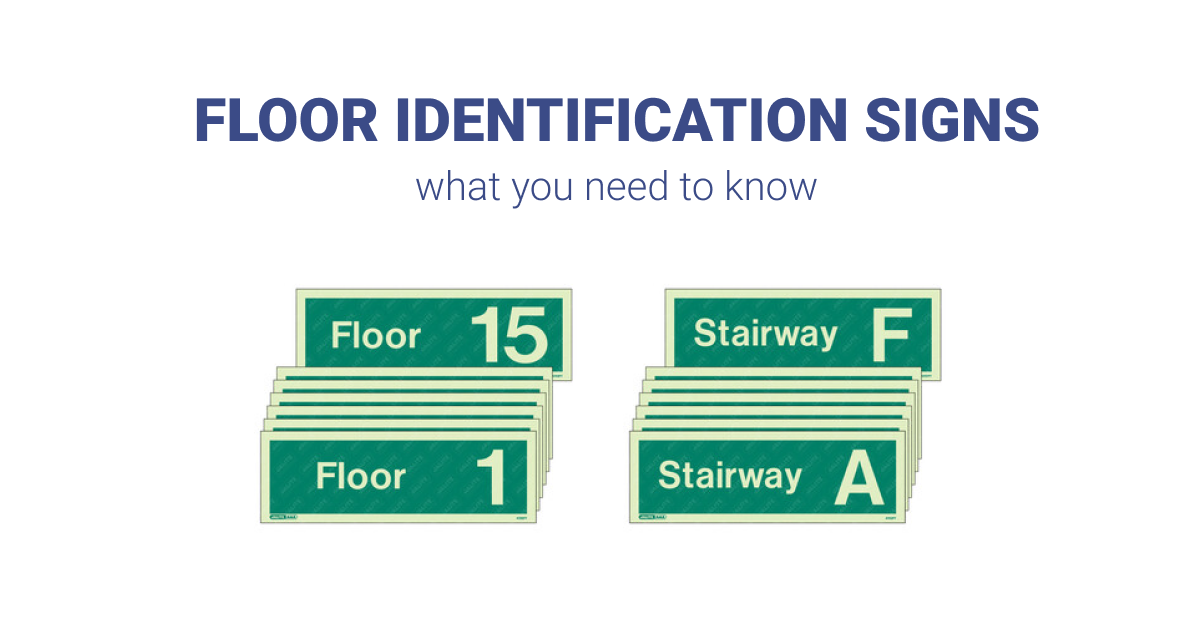
The dangers of carbon monoxide poisoning are very well known and fortunately the number of people taking adequate precautions, including the installation of CO alarms, is rising. This being considered the vast majority of alarms are standalone, battery operated alarms with the warning being limited to their integrated sounder.
Despite the British fire alarm standard (BS5839) not specifying the integration of Carbon Monoxide (CO) detection into fire alarm systems, many users would benefit from doing so. Given that CO exposure can be fatal very quickly it makes sense that any detection of the gas should alert users as quickly as possible. The design of a compliant fire alarm system will incorporate audio warning throughout a building therefore providing an ideal platform.
Grade D domestic systems
Grade D systems are based on mains powered, interlinked smoke and heat detectors which include battery back-up. These detectors are either hard wired or wirelessly linked together so should one go into alarm all the detectors will sound.
We supply several ranges of product which meet this grade with the most popular being the Hispec mains powered alarms which have the option of either being hardwired or wirelessly interlinked.
Grade A commercial fire alarm systems
Grade A systems include a central fire alarm panel which identifies a number of zones or areas of the property. Each zone is protected by automatic detectors and/or manual call points. Unlike the aforementioned Resitech system, most Grade A systems do not offer a dedicated CO detector.
Queue Zeta Alarm Systems… Zeta Alarm Systems have developed the very flexible CO-200 carbon monoxide alarm. The CO-200 has 2 predetermined alarm levels, pre-alarm and full alarm, both of which trigger an output relay should the CO exposure reach these predetermined levels. These relays can be use to link into most fire systems either via an on-board input within the panel or a suitable interface module.
Other considerations
Most Grade A systems only allow for one alert tone, meaning users would not be able to distinguish between a CO and fire alarm from the sounders alone. In these scenarios it may be beneficial to link the CO alarm into a dedicated zone on the panel or where using an addressable system, show the type of alarm in the device description.
Finally most CO alarms use a chemical sensor which has a limited lifespan, therefore it is important to confirm and schedule a suitable replacement as part of the system maintenance.










